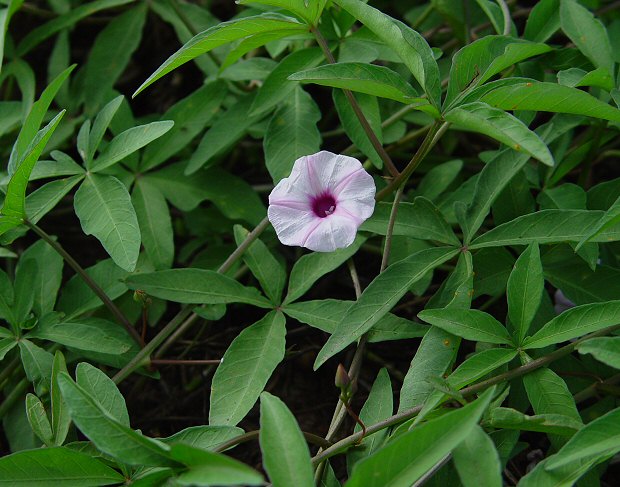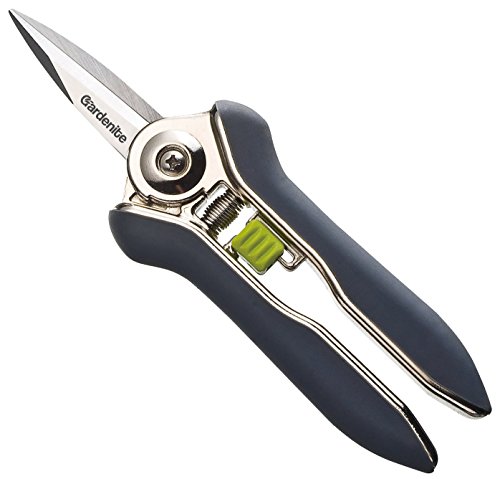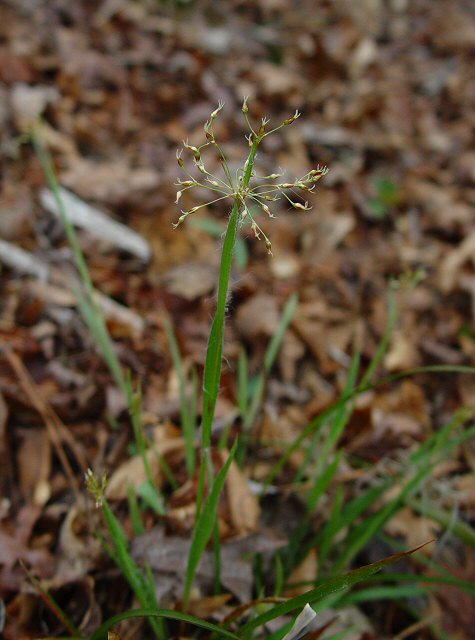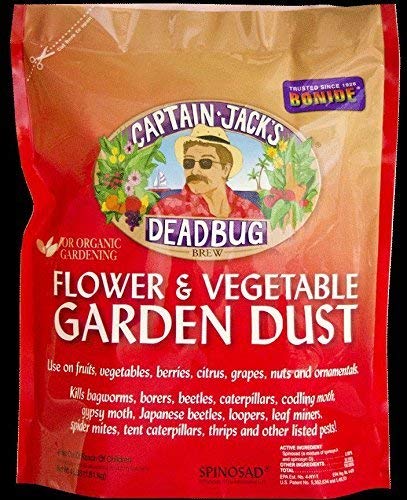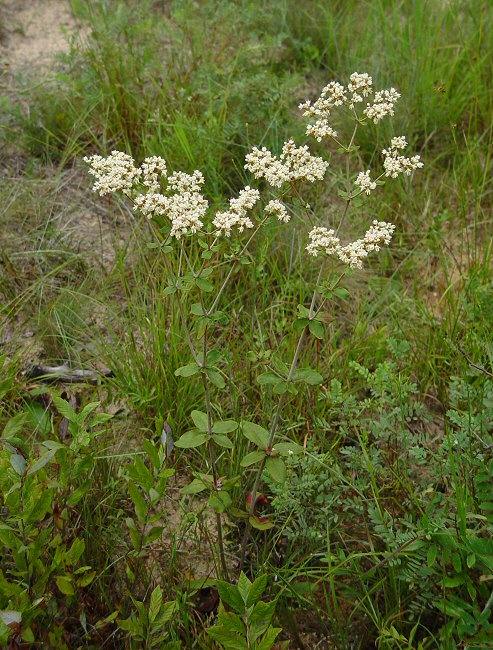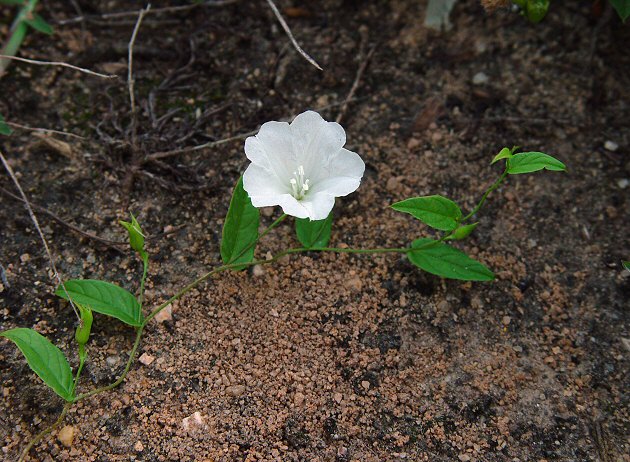Trifolium lappaceum Plant Identification (Flower, Leaf, Care, Uses)
Trifolium lappaceum L. – Burdock Clover Family – Fabaceae Stems: N/A Leaves: Stipule. Inflorescence: N/A Flowers: Fruiting calices. Flowering – March – August. Habitat – Weedy fields, roadsides, lawns. Origin – Native to Eurasia and Africa. Other information – This weedy introduced plant can be found in scattered counties throughout Alabama and is probably more … Read more
